A good fight starts with a solid hookset. We want it fast, sharp and — here’s the key — downstream, as much as possible . . .
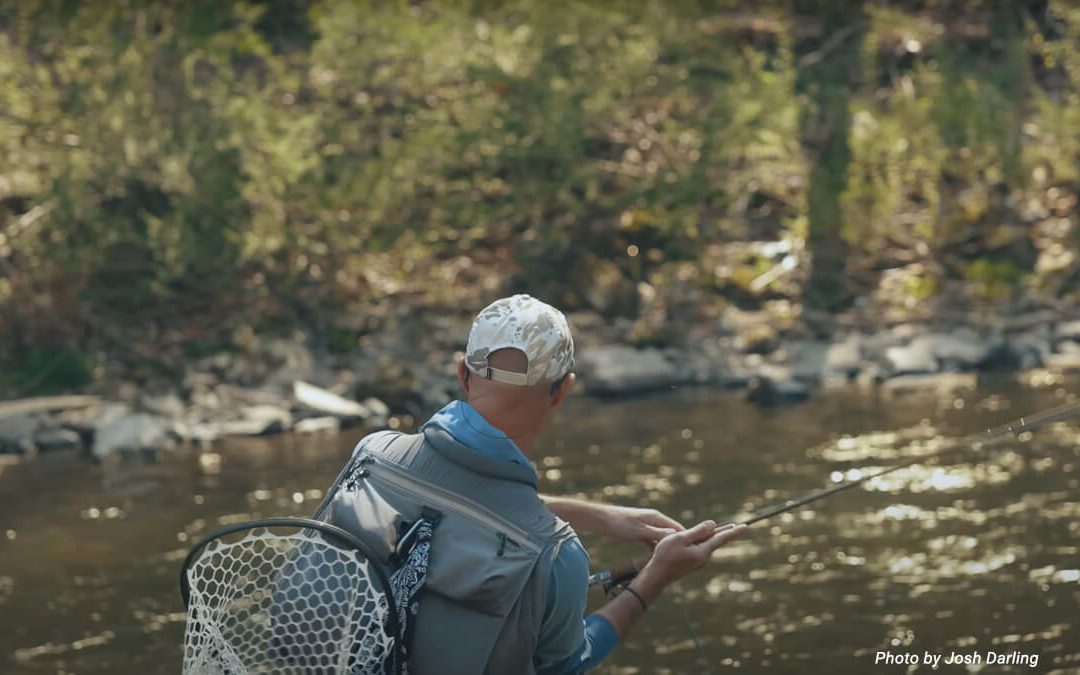

A good fight starts with a solid hookset. We want it fast, sharp and — here’s the key — downstream, as much as possible . . .
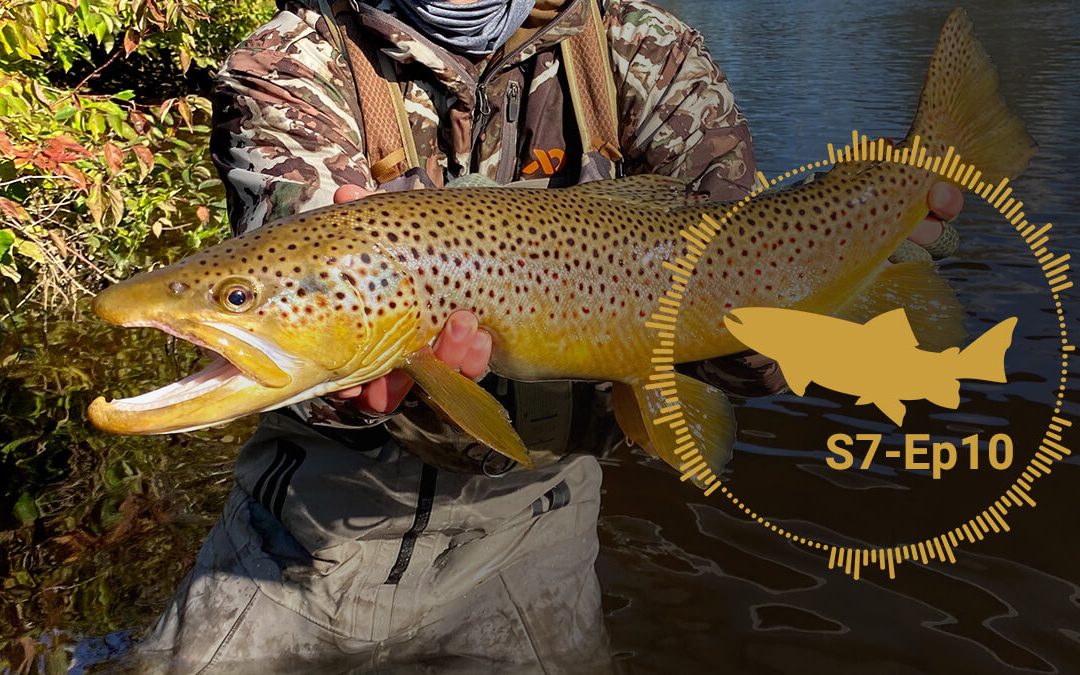
This episode is about big trout — what they mean to us, why we chase them, and how catching a top tier wild trout often leaves a bookmark in the story of our fishing lives.
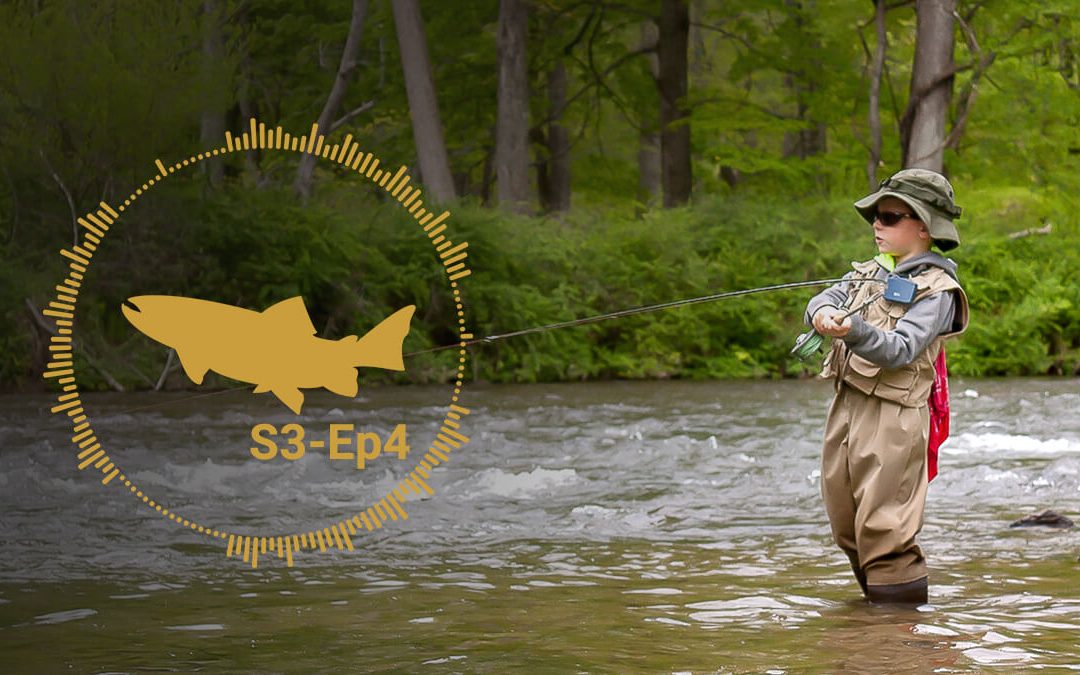
Something electric happens when we hook into the fish of the day, the fish of the season or maybe the fish of a lifetime. Our hearts beat faster. The adrenaline pumps because the stakes are raised. This is the fish we’ve been waiting for, and we don’t want to lose the opportunity.
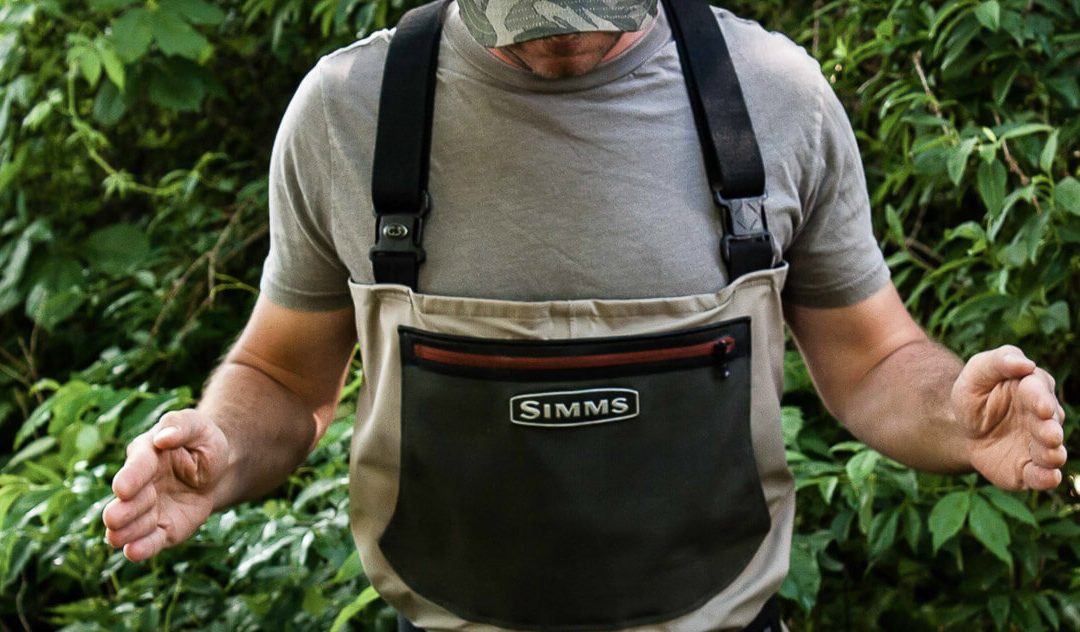
Every fisherman in the parking lot seems to have a thirty-inch fish story, don’t they?
You know what I hear when someone says a fish was “about two feet long?” I hear: “I didn’t measure the fish.”
Bass guys don’t put up with this stuff. My friend, Sawyer (a dedicated bass and musky guy), is dumbfounded by the cavalier way trout fishermen throw estimates around. In his world, if you didn’t measure it, you don’t put a number on it. They take it seriously. We trout fishermen embarrass ourselves with estimates.
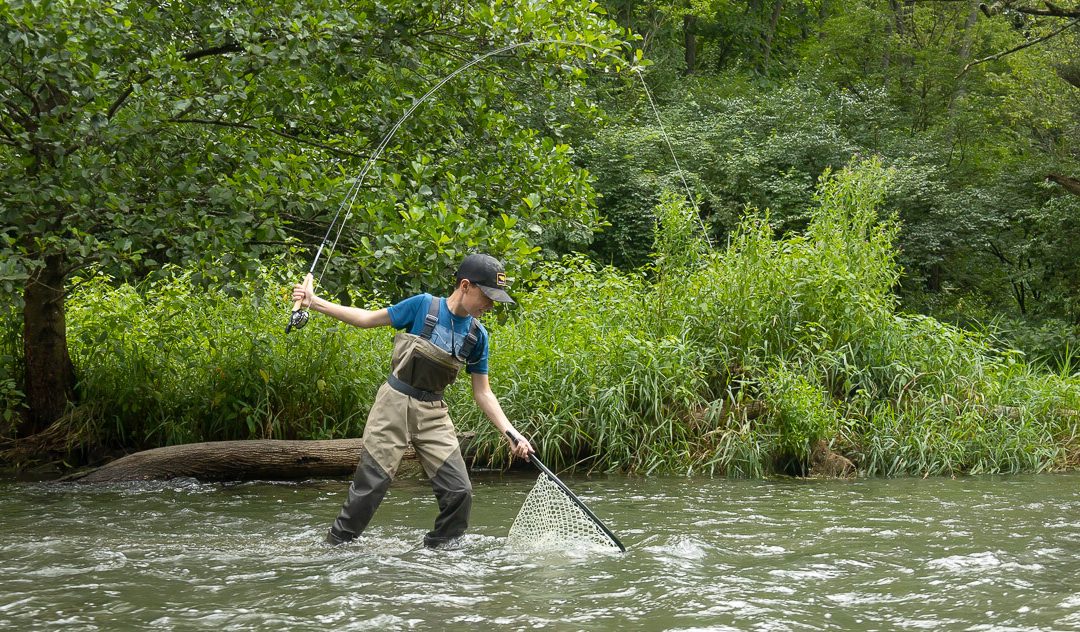
The last ten feet can be the hardest. So, get the fish upstream, lift on a direction change, keep the head up, and spread your wings. When it’s close enough for the net, those are the keys to landing the biggest trout of your life . . .
Side pressure pulls the trout from its lane. While the fish faces the current and tries to hold a seam, side pressure moves that trout from its comfort zone and forces it to work against the force of our bent fly rod — all while keeping the trout low. And while we never want to play a trout to exhaustion, the art of a good trout fight is in taking them to the point where we have more control over their body than they do.
It took me seasons of trial and error to understand this truth: On some rivers — especially those with larger trout — much of the water after dark is a dead zone. Nothing happens, no matter what flies or tactics you throw at them. Drift or swing big flies or small ones. Hit the banks with a mouse or swing the flats with Harvey Pushers. It doesn’t matter. On most rivers that I night fish, there are long stretches of water that simply won’t produce.
But in these same waters, there are sweet spots to be found — places where the action is almost predictable (by night-fishing standards), where two, three or four fish may hit in the same spot. And then just twenty yards downstream . . . nothing . . .
I finally have an honest understanding about what draws me into night fishing. Yes, it’s the fear. And of the serious night anglers I’ve known, it’s the same for all of us. Fear is the crackling spark plug . . .
For many years, I believed that it takes nothing special to catch a big trout. I argued with friends about this over beers, during baseball games, on drives to the river and through text messages at 1:00 am. My contention was always that big trout don’t require anything extraordinary to seal the deal. They need a quality drift, a good presentation, and if they are hungry they will eat it. I frequently pushed back against the notion that big wild trout were caught only with exceptional skill.
So for all who’ve heard me make this argument, I’d like to offer this revision: I still believe that large trout don’t need more than a good presentation. But what is GOOD may actually be pretty special. Meaning, it’s rare to find the skill level necessary to consistently get good drifts and put them over trout (large or small).
Here’s more . . .
Rivers are built from just a few parts. While the sand and soil of a streambed is fluid, the framework — the shape of a river — is directed by roots and rocks. Time and the tenacity of flowing water changes the shape of the hardest rocks, eventually carving granite into a new form, eroding and molding a riverbank toward a new course. And while nothing is eternal in a river or its floodplain, there’s enough permanent structure in a stream — the immovable objects — that good trout take notice. So does the big fish hunter . . .
It takes about five minutes to feel the flex of a rod and learn the breaking strength of our chosen tippet. And a simple experiment is all that’s needed. Once you’ve tested both the tippet and the rod’s strength, a new confidence follows. Then, when the fish of your dreams shows up, you are ready.
When you know the maximum pressure available from your fly rod and tippet , you can put more pressure on a trout and bring him in quickly . . .